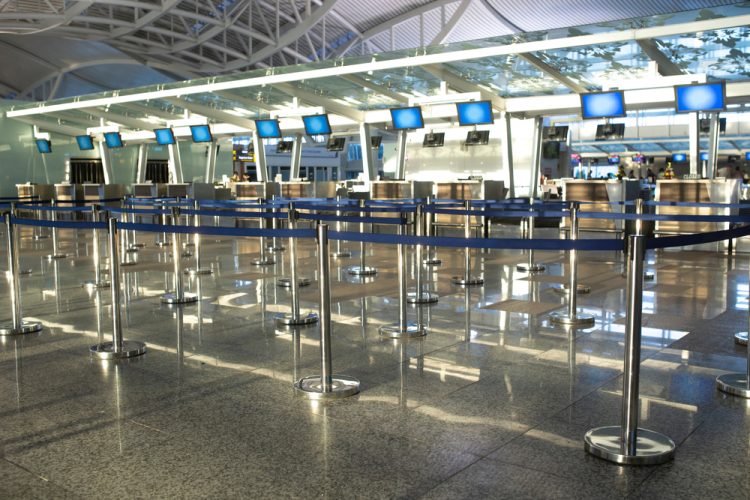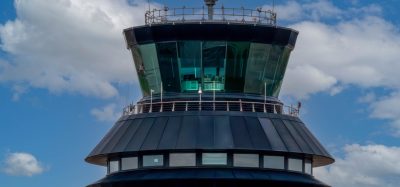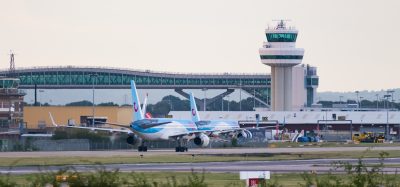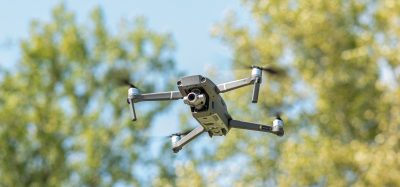Half of airport leaders worry about their financial stability despite bounce back of the aviation industry
- Like
- Digg
- Del
- Tumblr
- VKontakte
- Buffer
- Love This
- Odnoklassniki
- Meneame
- Blogger
- Amazon
- Yahoo Mail
- Gmail
- AOL
- Newsvine
- HackerNews
- Evernote
- MySpace
- Mail.ru
- Viadeo
- Line
- Comments
- Yummly
- SMS
- Viber
- Telegram
- Subscribe
- Skype
- Facebook Messenger
- Kakao
- LiveJournal
- Yammer
- Edgar
- Fintel
- Mix
- Instapaper
- Copy Link
Posted: 30 November 2023 | International Airport Review | No comments yet
AeroCloud reveals that despite passenger demand rising to pre-pandemic levels, airport leaders are still worried about financial stability.


Aerocloud report 52% airports worried about their financial stability
A new report from AeroCloud, the intelligent airport management platform that improves collaboration and operational efficiencies, reveals that despite passenger demand rising to near pre-pandemic levels, 52% of airport leaders are still worried about their financial stability. Additionally, 37% report that they are still in debt.
New research of 200 airport leaders, outlined in Aerocloud’s Getting on the Runway to Growth report, has revealed 48% still haven’t seen their revenues recover since the slowdown caused by the pandemic. Growth is understandably front of mind for airport leaders, with the report finding their joint top-rated commercial priorities as increasing growth margins and optimising and increasing capacity for take-off and landing slots (both 92%).
However, airports face a number of hurdles in achieving this growth:
- Sluggish passenger growth and spending: 62% worry that passenger numbers won’t recover to pre-COVID-19 levels, with 70% predicting the cost of living crisis will impact spending with concession partners
- Staffing issues: 62% of airports view not being able to hire enough staff to meet rising flight and passenger volumes as a risk to operations over the next 12 months
- Disruption and flight cancellations: 69% fear the impact of disruptive events outside of their control, whether delayed flights, air traffic faults or extreme weather. 74% called out flight cancellations as particularly negatively affecting their reputation with passengers
George Richardson, CEO and co-founder, AeroCloud, said: “The overall outlook for the aviation industry is strong after what has been a difficult few years. But not all airports are benefiting from this bounce back yet. Many are still struggling with the impact of staffing issues and flight disruption on their operations, as well as their ability to boost their revenue. While every airport has its unique challenges and opportunities, our research found airport leaders have common strategies in how they plan to boost their growth in the year ahead.”
Getting on the runway to growth
Aerocloud found that airport leaders identified four areas where they see opportunities to boost their growth:
- Attract new airlines: With 52% of airports stating they still haven’t been able to restore all routes served before the pandemic, it’s not surprising almost all hope to increase the number of flights travelling through their airports by attracting new airlines (92%) and optimising take-off and landing slots to increase capacity (93%). To achieve this, they plan to improve gate management to create space for new entrants, offer airlines access to airport operational data for improved visibility, and lower the upfront investment with common-use facilities, such as shared check-in desks, and ongoing costs for airlines.
- Boost passenger experiences: Airports recognise the importance of being ranked as a top airport for passenger experience – such as by Skytraxx and Which? – to increase passenger footfall (92%). To improve the passenger experience they want to reduce security wait times, offer a seamless journey through the airport, and provide more self-service tools for check-in and bag drop.
- Increase passenger spending: 86% of airports want to increase spending in concessions and Duty Free. They plan to encourage this by making the airport become a shopping destination for more pre-planned purchases, offering a good range of retail outlets, and speeding up the time it takes for passengers to get through check-in and security so they can spend more time in concessionary areas.
- Transform airport operations: Upgrading legacy technologies and systems is a commercial priority for 92% of airport leaders, enabling them to improve the efficiency of their operations and, in turn, better manage disruptive events. Indeed, 60% of airport leaders identified not investing in new technologies that will optimise airport operations – such as SaaS platforms, automation and AI – as a key risk over the coming 12 months.
George Richardson continued, “Many airports are still relying on legacy systems and technologies. This hugely reduces their efficiency in managing existing assets which impacts their capacity to introduce new airlines, as well as optimise passenger experience by giving them more time in the concessionary areas.
“In fact, 40% of airport leaders told us they are still using Excel and Word documents to store and manage operational information, such as for gate management and the RONs (Remain Overnights). The reliance on manual processes and legacy systems presents massive hurdles to their revenue growth. Airports must look to the future to secure the next stage of their growth by embracing the benefits of artificial intelligence, computer vision and the cloud.”


















